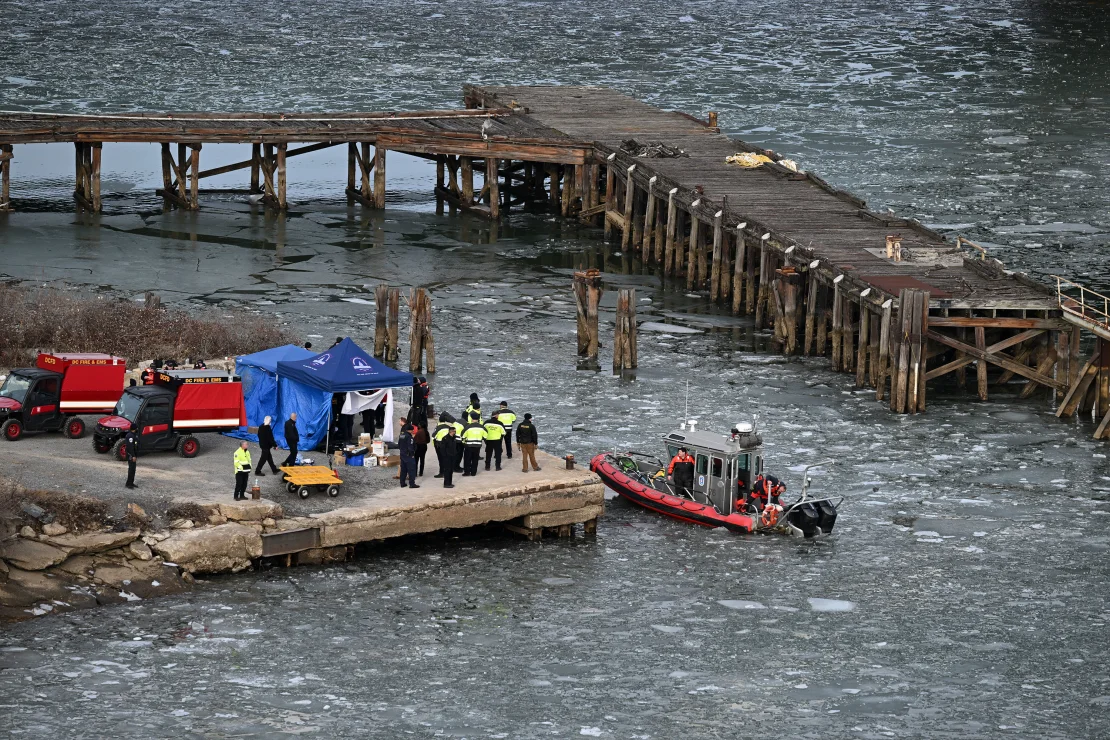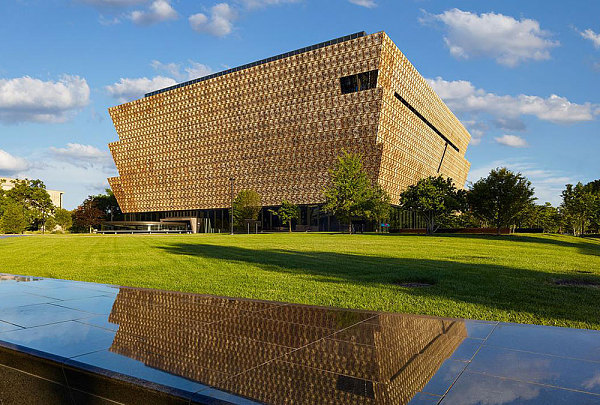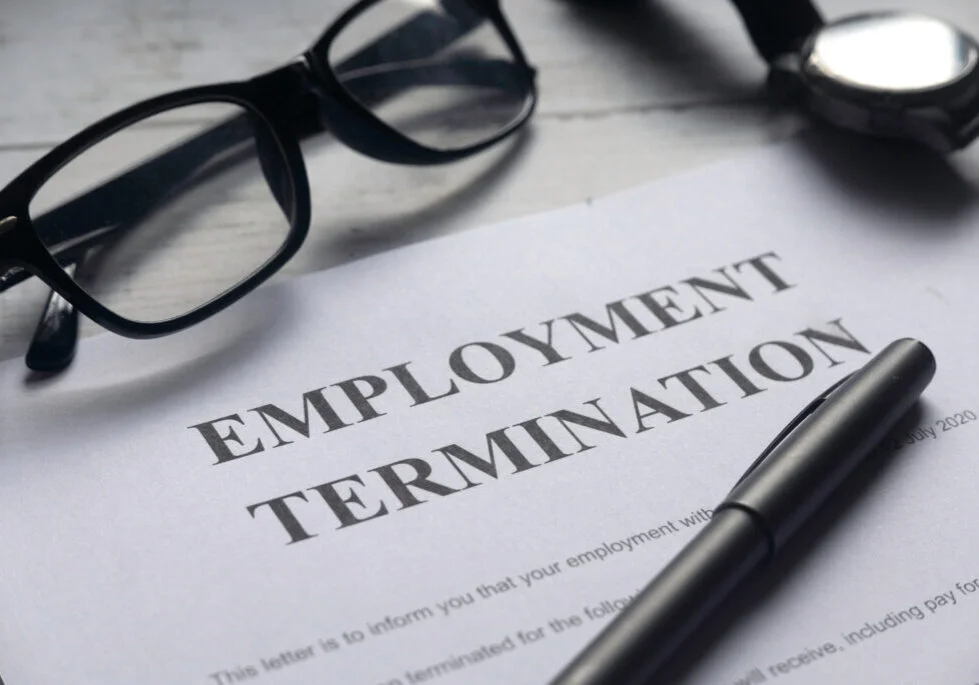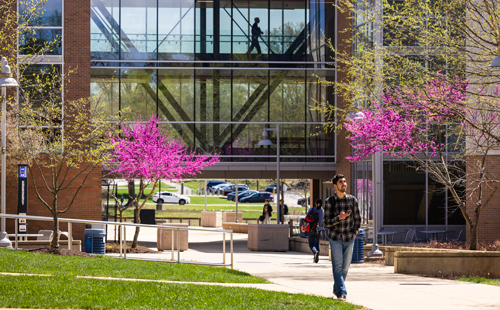The smell of ash was in the air. The sky was ablaze in fiery orange light as smoke drifted up from the river. Instantly, 911 was called and loads of ambulances appeared at the scene, each of their drivers’ faces set in stone. One of the worst events of the year had just taken place: a plane had crashed into a helicopter, plummeting both aircrafts into the Potomac River.
On Jan. 29, 2025, an American Eagle passenger plane crashed into an army Black Hawk helicopter, in large part because the plane’s pilot had deactivated the safety system, the aircraft’s main method of aviation accident prevention. Unfortunately, this collision led to the death of 67 people, including the pilots of both aircrafts.
“I found the plane crash to be an unexpected tragedy for the whole city of D.C.,” WCHS freshman Josiah George said. “We who live in the District understand that death isn’t something to overlook, even if you weren’t affected by it.”
This crash has impacted many families near and far as this crash took the lives of loved ones from a wide variety of places. Although this crash didn’t affect everyone, it still left a lasting feeling on those who got news of it.
“I felt horrible and shocked by how many people died,” George said. “These people have worked hard to make careers [and lives] that [will] mean nothing now.”
This stark realization goes to show the sheer gravity of this situation. On the other hand, some WCHS students didn’t gauge the crash’s proximity to their location, but when taking a closer look, the distance between their homes and the crash left them in shock.
“I was kind of scared [when I learned the crash was at Ronald Reagan],” George said. “Now knowing that Ronald Reagan airport, which is just 8 minutes away, would [be the site of] an insane [disaster like this one] that could lead to this … unfortunate tragedy.”
Luckily, it seems as though this event will positively affect safety measures for aircrafts as this crash highlighted inefficiencies of some airport precautions in addition to communication tactics between aircrafts and airports.
“I hope this incident will further ground air regulations for at least airports in and near the District like Dulles and Ronald Reagan,” George said. “These improvements could probably be done with better mapping of airports’ air zones or more watch towers with people consistently working surveillance 24/7.”
Sadly, this crash has not only ruined families, it also poses a threat to the Potomac River which is one the most major rivers in Maryland. According to Americanriver.org, the Potomac River “provides critical habitat for wildlife and multiple species of fish.”
“[The] recent plane crash in the Potomac River caused significant humanitarian, economic and environmental impacts in our society,” WCHS science teacher Maria Khodayari said. “Yet, the environmental effect of the crash in the DMV area causes the [threat] of debris fields and some potential pollution.”
These effects could prove detrimental to the river because it hosts a diverse ecosystem of fauna and flora which could be decimated as a result of the pollution along with stray aircraft parts and fuel. Not to mention, this river is a primary source of water for MCPS, therefore, the WCHS water supply could be partially contaminated, jeopardizing the health of WCHS students.
“The pollution from leaked fuel and widespread debris [in] the river causes disruption to [the] water current, water quality and wildlife of the area,” Khodayari said. “Leaked fuel and other toxic materials from both plane and helicopter crashes could contaminate the water and cause harm to aquatic life as well as drinking water sources.”
If this pollution is mixed into the water at WCHS the outcomes would be catastrophic. The pollution could affect the water within the water fountains around schools, leading to an epidemic of pollution-related illnesses for the student body.
“The need for extensive cleanup operations depends on the severity of the crash and type of toxicity of the fuels [as well as] liquids and debris within the involved aircrafts,” Khodayari said. “In addition, the cold temperature of the weather and the water make the clean up operation limited.”
Unfortunately, fixing the damage done by this collision will not be an easy task as exactly the materials and liquids involved in the crash have not yet been specified, therefore making it strenuous for agencies to decide on the best steps forward. Also, the chilly temperatures have added a new degree of difficulty for these organizations.
“As the pollution spreads downstream, the harm can spread wide which makes it more difficult to clean up,” Khodayari said. “The environmental agencies have not yet been [able] to assess the potential long-term damage to the river’s ecosystem.”














